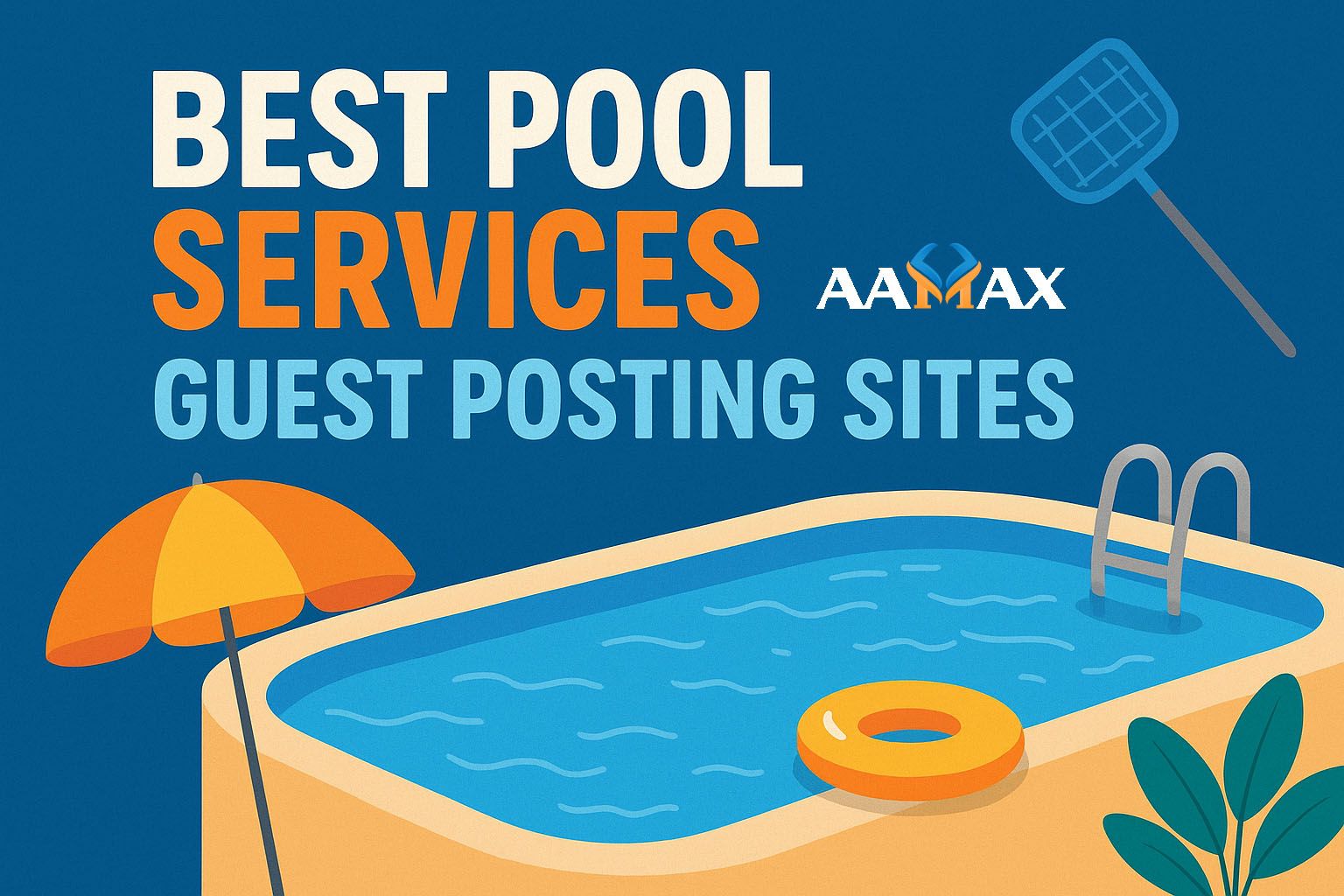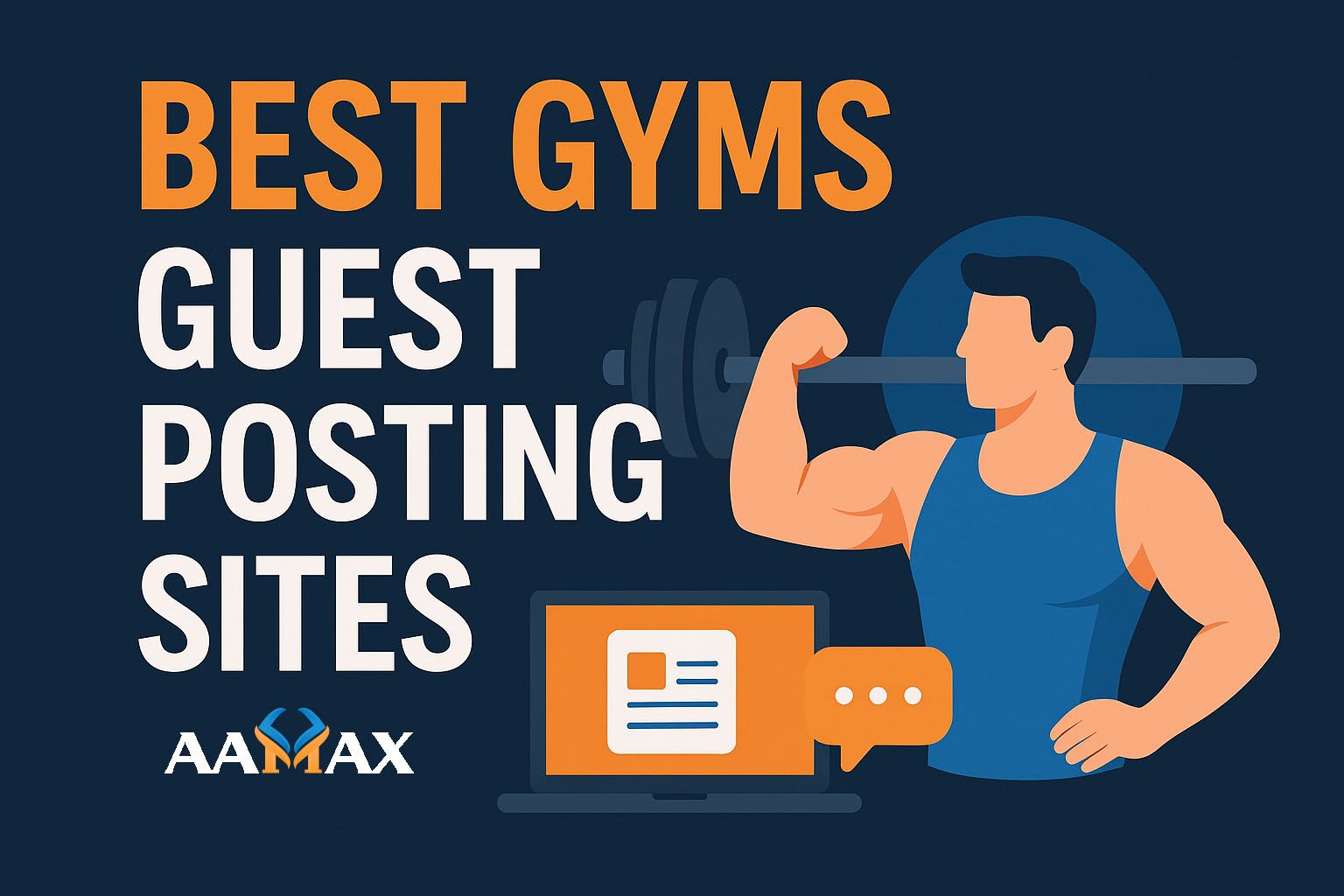
10 Steps to Make a Strategic Internet Marketing Plan
The digital landscape today is crowded, fast-evolving, and fiercely competitive. A robust Internet Marketing Plan isn't just helpful — it's critical for businesses aiming to thrive online. Whether you’re a startup, a small business, or a large corporation, a strategic approach ensures you maximize your ROI, drive growth, and outpace your competitors.
Below, we break down the 10 crucial steps you need to follow to create a comprehensive, actionable, and effective Internet Marketing Plan.
1. Define Your Business Goals and Objectives
Before diving into tactics, you must know where you're going. Setting clear business goals provides direction and a benchmark for success.
Ask yourself:
- Are you looking to increase brand awareness?
- Do you want to boost sales or generate leads?
- Is improving customer retention your top priority?
SMART goals — Specific, Measurable, Achievable, Relevant, and Time-bound — are the foundation of a successful marketing strategy. For instance, instead of saying "increase traffic," aim for "boost website traffic by 30% in the next 6 months."
2. Understand Your Target Audience
You can’t market effectively without knowing who you're marketing to. Understanding your audience shapes your messaging, channel choice, and product offerings.
Key steps include:
- Create buyer personas that detail demographics, interests, pain points, and buying behavior.
- Conduct surveys, interviews, and leverage analytics to gain deeper insights.
- Segment your audience based on their stage in the buyer’s journey (awareness, consideration, decision).
Example: A 25-year-old eco-conscious professional will respond differently to messaging than a 50-year-old retiree seeking investment options.
3. Conduct a Competitor Analysis
Before crafting your strategy, it's wise to assess who you're up against.
Competitor research reveals:
- What strategies are working in your industry.
- Gaps and opportunities you can exploit.
- How to differentiate your brand effectively.
Use tools like SEMrush, Ahrefs, or even simple Google searches to evaluate competitors’:
- Content strategies
- SEO performance
- Social media presence
- Paid advertising efforts
Pro Tip: Identify 3–5 direct competitors and create a comparison chart highlighting their strengths and weaknesses.
4. Choose the Right Digital Marketing Channels
Not every channel will suit every business. Choosing the right channels ensures you maximize your marketing budget and engage effectively with your audience.
Common digital marketing channels include:
- Search Engine Optimization (SEO)
- Content Marketing
- Social Media Marketing
- Email Marketing
- Paid Advertising (PPC, Social Ads)
- Affiliate and Influencer Marketing
Your choice should be dictated by your audience behavior and business goals. If your audience is mostly on Instagram and TikTok, prioritize those platforms.
5. Develop a Content Strategy
Content is the engine that drives digital marketing success. A robust content marketing plan should address your audience’s needs at every stage of the funnel.
Key elements to consider:
- Content types: blog posts, videos, podcasts, infographics, ebooks.
- Content calendar: Plan your content production and publishing schedule.
- SEO integration: Use keyword research to guide content topics.
- Value proposition: Ensure each piece of content solves a problem or satisfies a need.
Remember: Consistency and quality beat quantity. Content that truly educates, entertains, or inspires will outperform generic output.
6. Create a Website That Converts
Your website is the digital storefront of your business. It needs to impress, inform, and convert visitors into customers.
Essential website attributes include:
- Mobile responsiveness
- Fast loading speeds
- User-friendly navigation
- Clear calls-to-action (CTAs)
- SEO optimization
- Secure and reliable hosting
If your website isn’t up to par, no amount of digital marketing can save it. Consider hiring a professional web development team like AAMAX — a full-service digital marketing company that offers web development, digital marketing, and SEO services — to build a site that drives results.
7. Implement SEO Best Practices
Search Engine Optimization (SEO) ensures your audience can find you organically when searching for products or services you offer.
Core components of a strong SEO strategy:
- On-page SEO: Optimize titles, meta descriptions, header tags, and content.
- Technical SEO: Improve site structure, speed, mobile-friendliness, and fix crawl errors.
- Off-page SEO: Build quality backlinks and establish domain authority.
- Local SEO: For businesses targeting local audiences, optimizing for "near me" searches and maintaining a Google Business Profile is crucial.
SEO is a long-term investment but yields some of the highest returns in digital marketing.
8. Leverage Paid Advertising Campaigns
While organic strategies build long-term authority, paid ads offer immediate visibility and traffic.
Popular paid channels include:
- Google Ads (Search, Display, Shopping)
- Facebook and Instagram Ads
- LinkedIn Ads (great for B2B marketing)
- YouTube Ads
Best practices:
- Clearly define your target audience.
- Set budgets and bid strategically.
- Continuously A/B test creatives, headlines, and CTAs.
- Track ROI meticulously to ensure profitability.
Combining organic and paid strategies leads to the strongest digital presence.
9. Set Up Analytics and Track KPIs
You can’t improve what you don’t measure. Establish clear Key Performance Indicators (KPIs) aligned with your business goals.
Common KPIs include:
- Website traffic and source breakdown
- Conversion rates
- Cost per lead (CPL)
- Customer lifetime value (CLV)
- Return on ad spend (ROAS)
- Social media engagement
Set up Google Analytics 4, Google Tag Manager, and conversion tracking pixels across all marketing platforms. Analyze data regularly to optimize campaigns and adjust strategies based on real performance.
10. Optimize and Iterate Based on Data
Internet marketing isn't static — it’s a dynamic process requiring continuous optimization.
Use analytics insights to:
- Identify underperforming campaigns and make improvements.
- Double down on strategies that yield the best ROI.
- Test new ideas through A/B testing.
- Stay agile and ready to pivot based on market changes, algorithm updates, or new competition.
In short: Always be testing, analyzing, and refining.
Why Hire AAMAX for Your Digital Marketing Strategy?
Creating a strategic Internet Marketing Plan takes expertise, time, and precision. That’s why partnering with professionals can make all the difference.
AAMAX is a full-service digital marketing company specializing in:
- Web Development: Custom, responsive websites tailored for conversions.
- Digital Marketing: SEO, PPC, Social Media, Email Campaigns, and more.
- SEO Services: Advanced strategies to help you rank higher and grow organically.
Their experienced team crafts tailored strategies that align with your goals, ensuring you don't just compete — you dominate in your space.
If you want to transform your online presence and maximize your business growth, it’s time to hire AAMAX.
Final Thoughts
Building a strategic Internet Marketing Plan isn’t about guessing — it’s about crafting a detailed, data-driven roadmap that aligns with your business goals and audience needs.
By following these 10 steps, you’ll not only enhance your digital footprint but also build sustainable growth for the long term.
Ready to get started? Partner with AAMAX today and watch your digital success story unfold.







